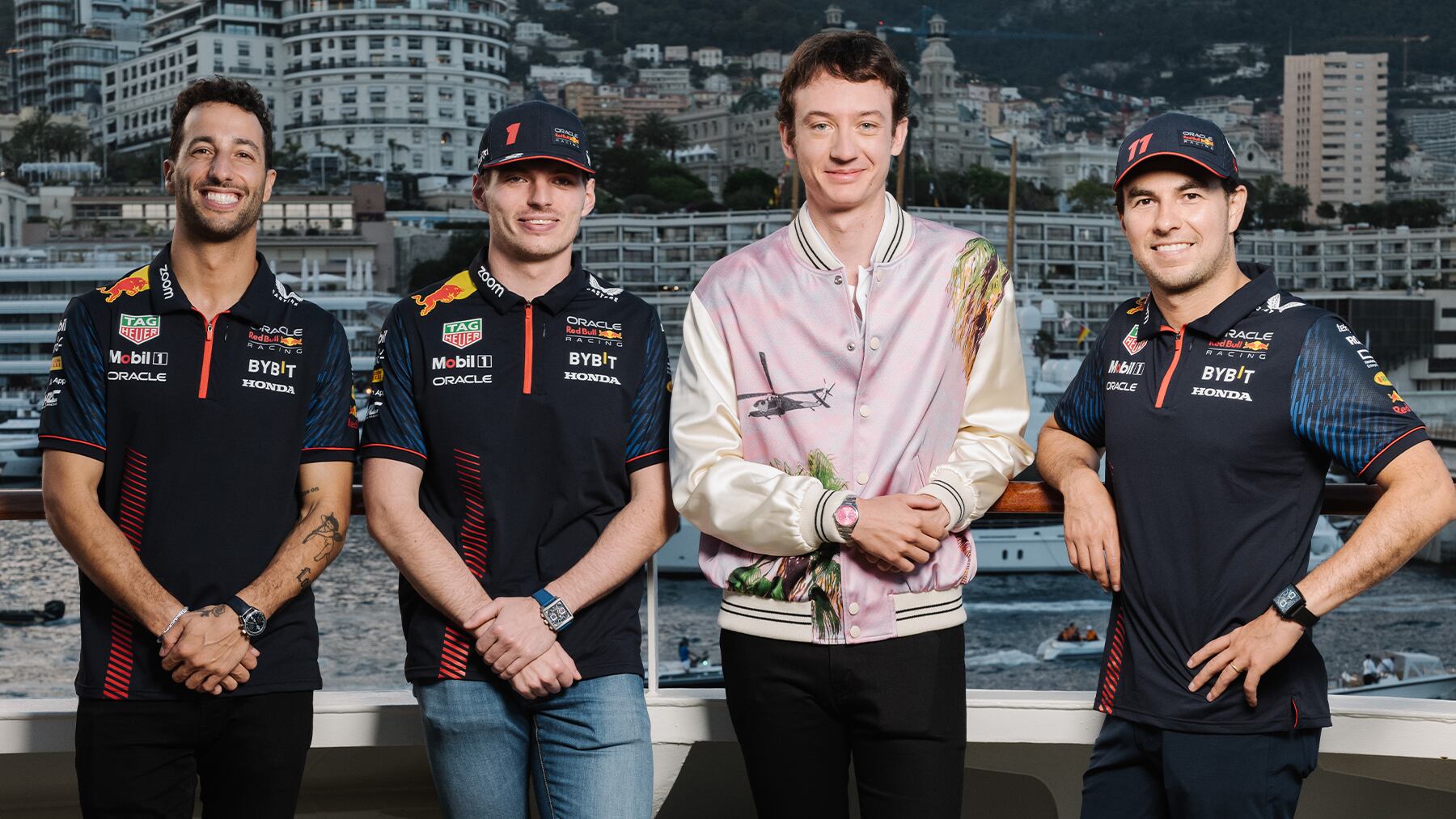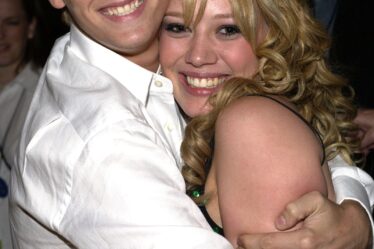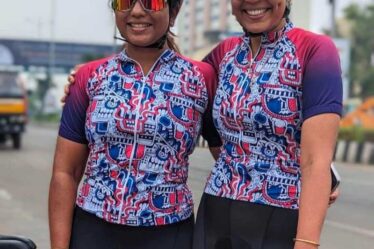
Bernard Arnault is firmly in the luxury industry’s driver’s seat with LVMH Moet Hennessy Louis Vuitton SE’s sponsorship of Formula One motor racing. The company’s domination of the Paris Olympic and Paralympic Games was the warm-up act for the LVMH chief executive officer and founder’s sporting ambitions; the F1 partnership is the main event.
The 10-year deal, which could be worth close to $1 billion, underlines that LVMH, with a market capitalisation of about $370 billion, inhabits a different stratosphere to its competitors. LVMH’s TAG Heuer watch brand will replace Rolex as the sport’s official timekeeper, Louis Vuitton will make the trophy cases and winning drivers will spray each other with bottles of Moet & Chandon.
Agreements like this keep LVMH’s brands at the forefront of consumers’ minds, putting them in pole position to withstand the bursting of the bling bubble. The tie-up will catapult these names to the attention of passionate fans and casual viewers alike. Motor racing is one of the most global of sports, so LVMH will be beamed into homes in the US, Asia and the Middle East.
While events such as the Olympics or even the Super Bowl draw huge crowds, they happen infrequently, whereas grand prix races command large audiences every few weeks, ensuring a constant barrage of publicity. The popularity of F1 has exploded, particularly in the US, since its acquisition by Liberty Media Corp. in 2017, thanks to an expansion of race venues and the Netflix series Drive to Survive. That’s helped draw a younger, more social-media savvy and diverse audience. For the past few years, streetwear has introduced them to European luxury. With that market cooling, sports can step in.
With what I’ve called the Kim Kardashianisation of sport, sponsors are increasingly attracted to individuals rather than teams. High-profile drivers such as Lewis Hamilton, Max Verstappen and Lando Norris can showcase the brands.
As with the Olympics, the deal underlines LVMH’s position as not just a seller of goods but a phenomenon that transcends fashion. Louis Vuitton in particular, which Arnault has described as a “cultural brand” and whose menswear designer is musician Pharrell Williams, is at the intersection of fashion, entertainment and sport.
Although LVMH’s hospitality divisions, including the Cheval Blanc hotel chain, aren’t part of the remit, experiences linked to TAG Heuer, Louis Vuitton and Moet Hennessy could be incorporated when the sponsorship begins in January. “LVMH is in a league of its own,” Mario Ortelli, chief executive of luxury advisory firm Ortelli & Co., told me. “It has created a platform with an increasing competitive advantage.”
The featured watch brand, TAG Heuer, is no stranger to motor racing. In 1969, through its sponsorship of Swiss driver Jo Siffert, Heuer became the first non-automotive logo to appear on an F1 car. Two years later, it became a sponsor of the Ferrari F1 team. Perhaps the most famous association came in the 1980s when Heuer, then under the ownership of Techniques d’Avant-Garde, introduced the brightly colored and wildly popular Formula 1 watch. Earlier this year, under LVMH’s stewardship, it released a new, limited edition version of the timepiece, with streetwear brand Kith.
So-called hard luxury — watches and jewellery — is one of the few areas where LVMH has white space to expand. Three of Arnault’s sons — Alexandre, executive vice president of product and communications at Tiffany & Co.; Frederic, the CEO of LVMH Watches who previously ran TAG Heuer; and Jean, who is director of watches at Louis Vuitton — are in this side of the business, an indication that it will become more important in the future.
With Arnault taking a small personal stake in Cie Financiere Richemont SE, speculation has centred on whether he has his sights set on the Cartier owner. But Luca Solca, an analyst at Bernstein Research, has also raised the possibility that Swatch Group AG’s brands, including Omega, Blancpain and Longines, might be of interest. Swatch CEO Nick Hayek said recently that taking the company private “would be a nice thing to do.” Both companies declined to comment.
The F1 deal will raise the visibility of LVMH’s existing stable at a crucial time. Appetite for top-end goods in China has deteriorated, while American consumers have luxury indigestion after overindulging between 2020 and 2023. Steep price increases at many brands haven’t helped demand either. Analysts at HSBC Holdings Plc, for example, expect LVMH’s crucial fashion and leather goods division to have generated no sales growth excluding currency moments in the three months through the end of September.
LVMH is also undergoing transitions nearer to home. Last week, it sold the Off-White brand, created by the late Virgil Abloh, to licensing company Bluestar Alliance LLC for an undisclosed sum. A few days later it said Hedi Slimane would leave its successful Celine house, to be replaced by Michael Rider, the former creative director of Ralph Lauren Corp.’s Polo Ralph Lauren.
These external and internal challenges provide strong motivations for Arnault to deploy LVMH’s financial might to ensure it remains first on the podium in the luxury race.
By Andrea Felsted
Learn more:
LVMH and Formula 1 Announce 10-Year Partnership
The tie up will involve several of LVMH’s houses, including Louis Vuitton, Moët Hennessy and TAG Heuer.
Disclosure: LVMH is part of a group of investors who, together, hold a minority interest in The Business of Fashion. All investors have signed shareholders’ documentation guaranteeing BoF’s complete editorial independence.



